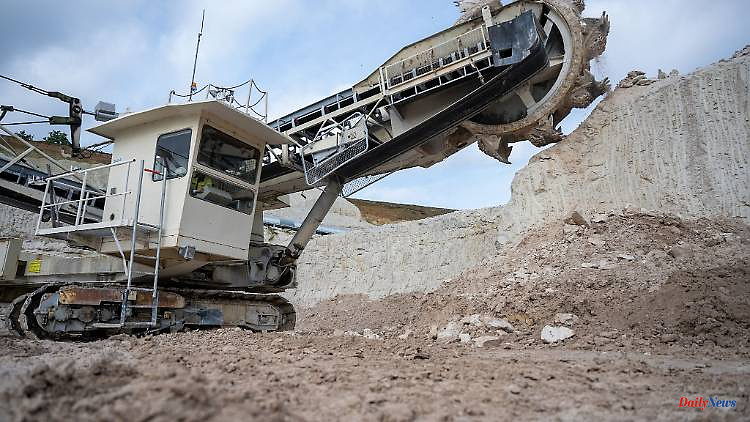Dresden (dpa/sn) - Fraunhofer researchers from Dresden have developed a process with partners that, according to the experts, can breathe new life into opencast lunar landscapes with mushroom compost and sewage sludge. The top layer of barren spoil heaps is "vaccinated" with the compost mixture, explained Nico Domurath from the Fraunhofer Institute for Ceramic Technologies and Systems (IKTS) on Wednesday. A test on a landfill site near Leipzig showed on 600 square meters that permanent vegetation develops very quickly. This is different on untreated floors.
The problem with open pit mining residues is that the excavators are digging up biologically inactive soil deep underground. It lacks microorganisms and plant roots. If this soil remains untreated as the top layer on heaps, it often takes decades for new life to develop there at all.
The Fraunhofer researchers have developed their mixture of sewage sludge compost or ash and used mushroom substrate from mushroom farms. This special compost can be mixed in very easily with tillers, said Domurath. The test area on the landfill in Leipzig was created in 2019. So far it has survived all heat waves and has not changed back into a lunar landscape.
The project partners now want to continue testing the process in the Freiberg area on old mining heaps. The Fraunhofer researchers assume that the technology is already "very ready for use". Before it can be used on a very large scale, however, there are still a number of legal issues to be resolved. Both the design of mining dumps and the use of sewage sludge are strictly regulated.












